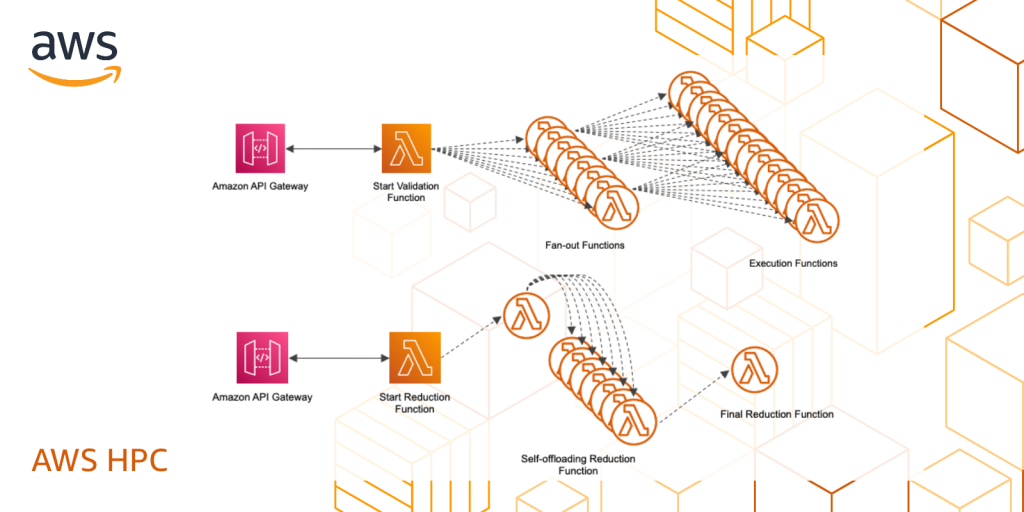AWS HPC Blog
Category: AWS Lambda
Using Fleet Training to Improve Level 3 Digital Twin Virtual Sensors with Ansys on AWS
AWS is developing new tools that enable easier and faster deployment of level 3/4 digital twins. This post discusses how a fleet calibrated level 3 digital twin can be cost effectively deployed on AWS Cloud.
How to Arm a world-leading forecast model with AWS Graviton and Lambda
The Met Office is the UK’s National Meteorological Service, providing 24×7 world-renowned scientific excellence in weather, climate and environmental forecasts and severe weather warnings for the protection of life and property. They provide forecasts and guidance for the public, to our government and defence colleagues as well as the private sector. As an example, if you’ve been on a plane over Europe, Middle East, or Africa; that plane took off because the Met Office (as one of two World Aviation Forecast Centres) provided a forecast. This article explains one of the ways they use AWS to collect these observations, which has freed them to focus more on top quality delivery for their customers.
How to manage HPC jobs using a serverless API
HPC systems are traditionally access through a Command Line Interface (CLI) where the users submit and manage their computational jobs. Depending on their experience and sophistication, the CLI can be a daunting experience for users not accustomed in using it. Fortunately, the cloud offers many other options for users to submit and manage their computational jobs. In this blog post we will cover how to create a serverless API to interact with an HPC system in the the cloud built with AWS ParallelCluster.
High Burst CPU Compute for Monte Carlo Simulations on AWS
Playtech mathematicians and game designers need accurate, detailed game play simulation results to create fun experiences for players. While software developers have been able to iterate on code in an agile manner for many years, for non-analytical solutions, mathematicians have had to rely on slow CPU-bound Monte-Carlo simulations, waiting, as software engineers once did, many hours or overnight to get the results of their latest changes. These statistics are also required as evidence of game fairness in the highly regulated online gaming business. Playtech has developed an AWS Lambda Serverless based solution that provides massive burst compute performance that allows game simulations in minutes rather than hours. This post goes into the details of the architecture, as well as some examples of using the system in our development and operations.


